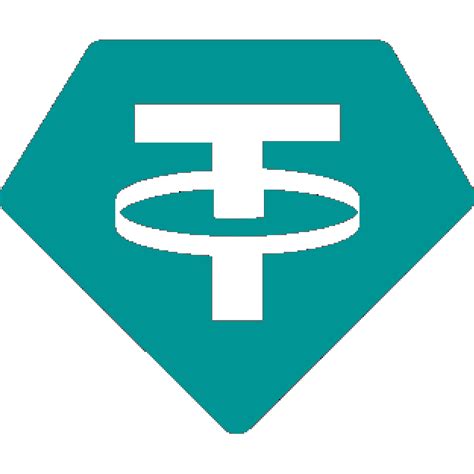The Rise of USDT: Understanding the Role of Tether in Cryptocurrency Exchanges
In recent years, the world of cryptocurrencies has experienced a significant surge in adoption, with millions of users around the globe investing in digital currencies such as Bitcoin, Ethereum, and others. However, one key component that has played a vital role in the development and growth of these digital assets is Tether (USDT), a widely-used stablecoin.
What is Tether?
Tether, also known as USDT, is a decentralized stablecoin pegged to the value of the United States dollar. It was launched in 2014 by Tether Limited, an American company founded by Anthony “Tony” Mullen and Christopher “Chris” Lee. The coin’s primary purpose is to maintain a stable price relative to the US dollar, ensuring that investors can easily buy and sell cryptocurrency without worrying about the value of their assets fluctuating wildly.
How Does Tether Work?
Tether’s innovative technology allows for seamless integration with traditional financial systems, making it an attractive option for institutions and individuals alike. The process is straightforward: when you deposit USDT into a Tether-powered exchange, such as Coinbase or Binance, the exchange converts the Tether pegged amount to fiat currency (US dollars) in real-time. This ensures that your asset remains stable against the value of the dollar.
Role in Cryptocurrency Exchanges

In today’s cryptocurrency landscape, Tether plays a pivotal role in facilitating trading activities on various exchanges. Here are some key ways Tether contributes to the ecosystem:
- Market liquidity: By providing a stable and widely-accepted peg, Tether enables traders to buy or sell cryptocurrencies with confidence. This increased market liquidity has helped drive price volatility down and created more opportunities for investors.
- Increased adoption: As institutional investors and retail traders alike become comfortable with buying and selling Tether, the demand for USDT-based assets increases, which in turn fuels growth in the cryptocurrency ecosystem.
- Better security: The decentralized nature of Tether means that users are protected from counterparty risk, making it a more attractive option compared to centralized stablecoins like the USDC (USD-C Eco).
- Regulatory compliance: As regulatory bodies around the world begin to take notice of cryptocurrencies and stablecoins, the need for robust security measures becomes increasingly important. Tether’s decentralized architecture makes it an appealing choice for regulators seeking to minimize risks.
Notable Exchanges with Tether
Several cryptocurrency exchanges have integrated Tether into their platforms, providing users with a seamless experience:
- Coinbase: Coinbase, one of the largest and most well-known cryptocurrency exchanges, offers USDT as a native asset on its platform.
- Binance
: Binance, another prominent exchange, supports USDT trading via a variety of trading pairs.
- Kraken: Kraken, a global cryptocurrency trading platform, also accepts Tether as a stablecoin.
Challenges and Future Prospects
While Tether’s role in the cryptocurrency ecosystem is undeniably significant, it is not without its challenges:
- Volatility concerns: As with any asset pegged to a fiat currency, there are concerns about potential volatility issues that could impact market stability.
- Regulatory uncertainty: The regulatory environment for cryptocurrencies continues to evolve rapidly, which may lead to changes in Tether’s use cases and adoption rates.
Despite these challenges, the future of USDT looks promising:
- Growing institutional demand: As institutional investors increase their involvement in cryptocurrency markets, we can expect Tether’s role to expand.
2.

